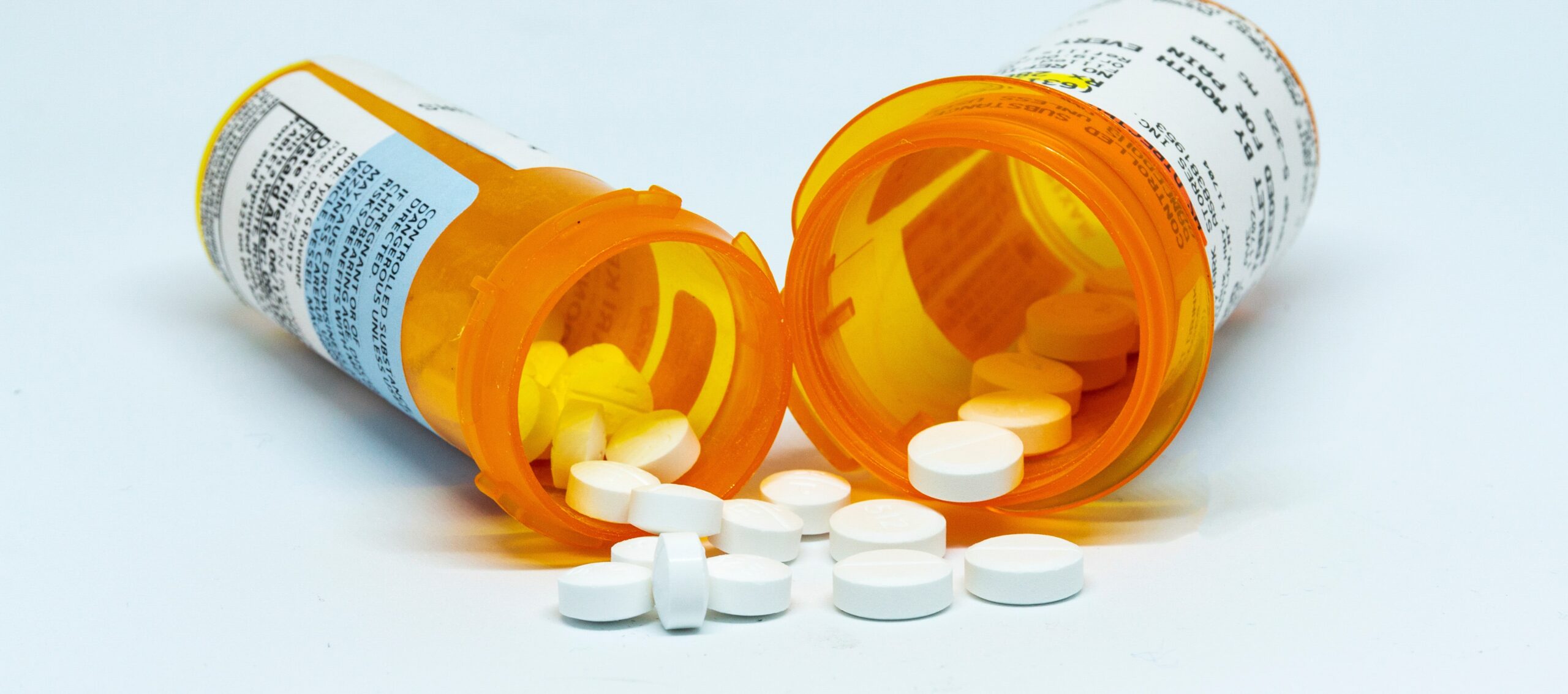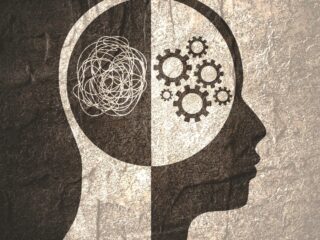The US has been in an opioid epidemic for more than a decade. Countless lives have been lost or affected by prescription painkillers, heroin, and fentanyl. As a result, new laws and regulations have been implemented making it harder to prescribe opioids. On top of this, many more people are now in recovery from prescription opioid addiction. These factors have resulted in an increased demand for non-narcotic pain treatment.
This has proven difficult for those who suffer from chronic pain, but new advancements are making it easier for those in addiction recovery to manage pain. Many of our drug rehab clients ask what they can do to treat pain in recovery. Good news: you still have options.
If you’re worried about treating pain without triggering relapse, this guide is for you. There are many ways to manage pain, and our goal in this article is to provide hope for those seeking a life of recovery from both addiction and chronic pain.
Risks of Opioids in Recovery
Opioids stimulate the reward center in the brain by boosting dopamine, a chemical associated with pleasure, explains Alexis LeFevre-Casby, Nurse Practitioner and addiction specialist at Ohio Addiction Recovery Center. It’s believed an overactive reward center may be a contributing factor to addiction, and stimulating this reward center with substances can increase risk of relapse.
Because of this, one does not need a prior addiction to specifically opioids to be at risk. Most addictions are tied to activities that stimulate these same reward chemicals in the brain. Examples can be drugs and alcohol and even sex, gambling, or video games.
Addiction recovery often involves abstinence from a primary “drug of choice”, but any drug or activity associated with increased reward signals in the brain can increase risk of relapse. This is why treatment of pain should be handled with great care if you have any history of addiction.
Can I Take Opioid Painkillers in Recovery?
Just because you are in recovery doesn’t mean you have to swear off any and all pain medication. However, there are certainly risks involved and there should always be an informed decision between you and your doctor.
Pain is typically treated in a stepladder approach. For example, if you’ve ever reported pain to your physician, they may have asked you to rate it on a scale of 1-10. Doctors use this scale as a barometer to inform their pain treatment decisions. Unfortunately, the top levels of pain are difficult to treat without opioid painkillers, such as pain due to traumatic injuries or terminal illness.
Many individuals in recovery fear taking narcotics due to the risk of relapse. For that reason, they may under-report their pain level on this step ladder scale, or simply refuse opioids at all costs. Similarly, some doctors even hesitate to prescribe opioids due to a fear of causing relapse. However, this can sometimes prove counterproductive.
Extreme pain can prove a serious trigger for those in recovery. According to the National Institute of Health, inadequate pain treatment can actually precipitate relapse by forcing patients to self-medicate for their pain. This has been shown to be the case for even individuals in recovery from alcohol addiction.
With all of that said, there is no guarantee painkillers will not trigger relapse, even when treating extreme pain. There are more steps you can take to mitigate these risks.
Pain Management Plan in Recovery
Here are some tips for managing pain in addiction recovery:
Be Honest With Your Doctor
You should never hide your addiction history from your doctor due to fear of stigma or judgment. A quality provider will understand your situation and use your history to make informed treatment decisions. A good doctor will also never withhold care due to your medical history. Instead, an informed physician can work with you to create a game plan for managing pain while mitigating risk of relapse.
Extra Caution in First Year
It’s been well documented the first year of recovery from addiction is the most critical. Those who achieve one year of recovery have significantly increased likelihood of long term recovery. For this reason, the first year of recovery should be handled with extra caution when considering opioid painkillers. According to Robert Bolash, MD, a pain management specialist at the Cleveland Clinic “the risk is probably highest in the first 6-12 months post-recovery.”
Non-Opioid Medications
Aside from opioids, there are a variety of over the counter and prescription medications to manage mild to severe pain.
- Over-the-counter acetaminophen and nonsteroidal anti-inflammatory drugs (NSAIDs), such as aspirin and ibuprofen, are quite effective when used in conjunction for treating mild to moderate pain. By alternating one or the other every several hours, these medications work together by treating pain (acetaminophen) and inflammation (NSAID).
- Prescription COX-2 inhibitors are similar to NSAIDs, but stronger. These drugs work by blocking the COX-2 enzyme which is responsible for releasing chemicals in the body that produce inflammation and pain. This can help treat moderate pain without mood or mind altering psychoactive effects.
- Nerve blocking injections, known as peripheral nerve block, is a type of anesthesia that is injected near a bundle of nerves at a pain site. This is common for severe pain associated with fractures or surgery.
- Corticosteroids are a steroid that can be used to control the body’s immune response which can significantly decrease inflammation and pain.
- Lastly, prescription nerve pain medications such as gabapentin (Neurontin) or Lyrica can help treat chronic nerve-related pain. However, these medications should be handled with caution, as some individuals report psychoactive effects from gabapentin which has a mild risk of abuse.
Physical Therapy
Physical therapy can be an effective way to manage acute or chronic pain in recovery without opioids. A physical therapist creates mild exercise plans and works with patients to increase mobility and decrease pain. They may also incorporate massages, ultrasounds, whirlpools, and hot or cold therapies to control inflammation.
Chiropractic
Chiropractic care is becoming an increasingly popular and respected treatment option for chronic pain. Chronic back pain was once one of the leading causes of prescription opioids. Many have found chiropractic care to be a safer and more effective option to treat the underlying causes of neck and back pain.
Acupuncture
Acupuncture is an ancient Chinese medicine that has been used for 3,000 years or longer. It consists of very thin needles placed at various pressure points in the body. Acupuncture has been shown to have various benefits, including pain relief.
Books, Mindfulness & Meditation
Believe it or not, there is a growing study around the idea of mind over chronic pain. Dr. John E. Sarno, author and physician specializing in Tension Myositis Syndrome (TMS), one of the most common causes of chronic back pain, helps his patients overcome back pain without surgery or medication. With popular books Mind Over Back Pain and Healing Back Pain, Dr. Sarno explains TMS may be caused by psychosomatic factors such as anxiety, stress, or repressed anger. Treating these underlying psychological factors may heal the pain.
New Technology Can Help Treat Chronic Pain Without Opioids
For some severe chronic pain, some patients simply do not find adequate relief with traditional non-opioid pain treatment. Luckily, new technology is making medication-free pain management a reality for thousands suffering from chronic pain. These technologies are proving to be effective with little to no side effects.
Electrical Signals
New therapies involve placing pads on the body that send low voltage electrical pulses to painful areas. These work especially well for muscle pain and are believed to interrupt the body’s nerve signals to the brain, effectively “canceling” the pain.
Radio Waves
Known as radiofrequency ablation, doctors insert a needle near nerve endings and use radio frequencies to burn nerve endings associated with pain. This effectively “short circuits” pain signals and can provide significant pain relief for up to a year. Nerves can heal so re-treatment may be required.
Spinal Cord Stimulation
For serious chronic pain that doesn’t respond to other treatment’s, doctors may recommend spinal cord stimulation, also known as SCS, which involves an implant similar to a pacemaker in the lower back. This device can be activated by remote control and works by replacing pain signals with another sensation, such as tingling or a buzzing massage-type sensation. CMS is typically used for back pain or neuropathy. New advancements are currently being tested that do not involve the tingling sensation and simply numb the pain.
Stem Cell Research
The new frontier of pain management may be in the form of stem cell therapy. Scientists are currently testing treatments that involve taking stems cells from a patient’s own bone marrow and then injecting the bone marrow in chronic pain areas, such as the back or spinal cord. The idea is that stem cells will stimulate new tissue growth and heal the painful areas.
Addiction Recovery Action Plan if Opioids Are Necessary
When all else fails, some injuries may warrant opioids. This can be scary if you’re in addiction recovery, but there are steps you can take to mitigate risks of a slip into active addiction.
- Make a Plan With Your Doctor
If you’re having surgery, make a plan with your doctor and be honest about your history. Sometimes medications can be started prior to surgery that will help limit the need for opioids post-surgery. Your doctor may also recommend a limited dose of opioids that requires a prescribed refill rather than a larger quantity.
- Plan With Your Loved Ones
Your friends and family may help with medication management. You may have them distribute the medications for you on your prescribed schedule. This may even provide peace of mind which can limit temptation to form in the first place.
- Rely on Sober Support & Recovery Network
Be sure to utilize your recovery network, such as sober support peers or a sponsor. However, do not replace their advice for advice from your doctor. A sponsor or recovery meeting should never dictate which medications to take, but they can act as a critical support to help prevent temptations or walk you through cravings. Forming the right recovery network when you first get sober can help support you in difficult periods and meeting “life on life’s terms.”
- Rely on Counselors or Therapists
Be honest about your pain plan with a therapist or counselor. Talk therapy can significantly help with cravings and relapse prevention. Therapy can be a critical lifeline as you recover from injury or surgery requiring opioids.
- Addiction Treatment Alumni Programs
Did you attend addiction treatment in the past? Your center may have an alumni program. If so, you can reach out to staff or other sober peers for support. For example, At Ohio Addiction Recovery Center, we have an alumni coordinator that can assist alumni in difficult times.
Struggling with Opioids? We Can Help
If you’re struggling with opioid dependency, misuse, abuse, or addiction, we’re here to help. Ohio Addiction Recovery Center has been helping individuals struggling with opioid addiction for nearly a decade. In fact, we’ve been the top rated treatment center in Ohio for 3 consecutive years. Learn more about our drug and alcohol rehab in Columbus or call us at 800-481-8457 to talk to a compassionate specialist.







